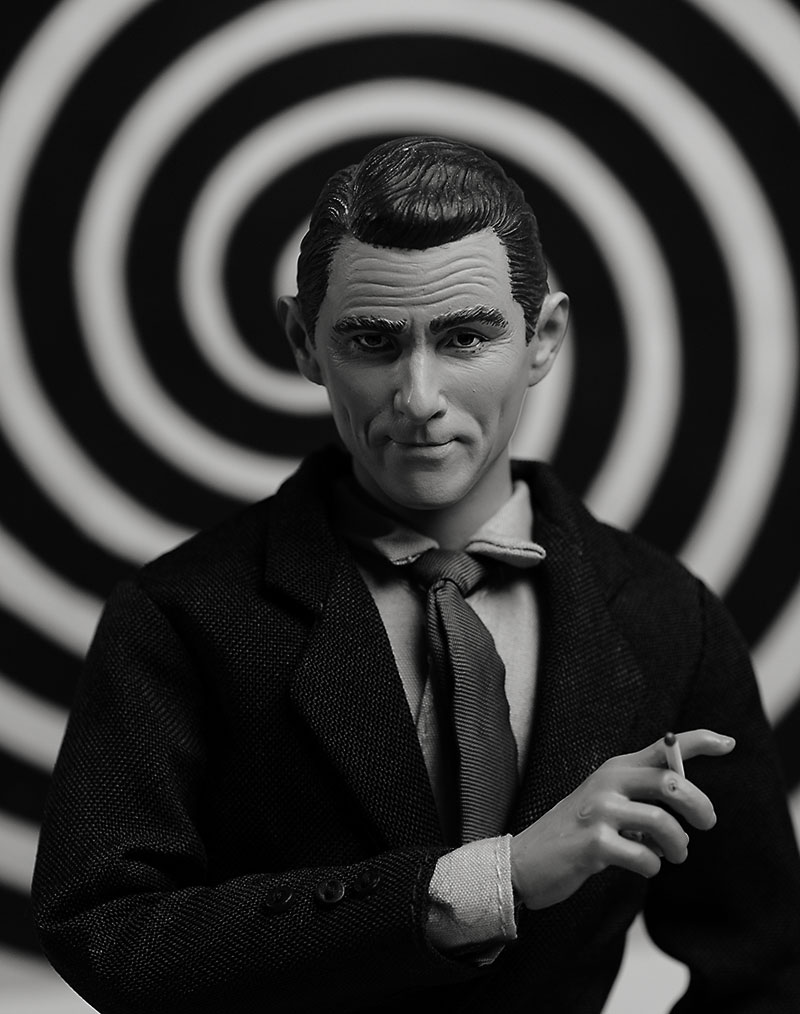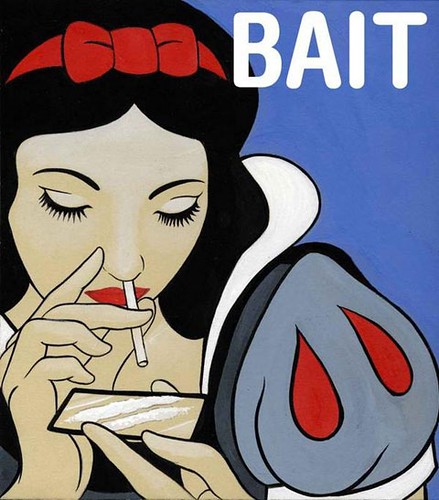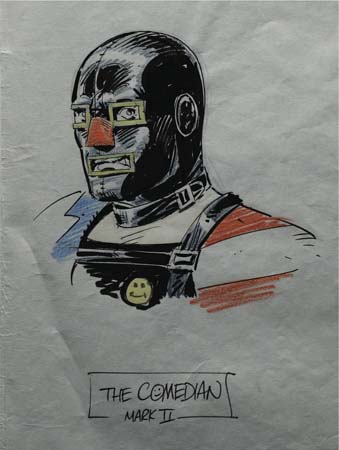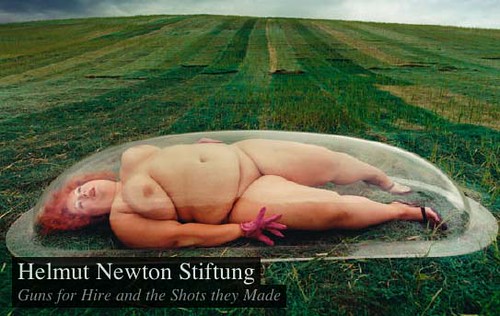
ITALIAN researchers believe they have found the remains of a female "vampire" in Venice, buried with a brick jammed between her jaws to prevent her feeding on victims of a plague which swept the city in the 16th century.

Researchers have found the skull of a female 'vampire' buried with a brick in her mouth. Reuters
Matteo Borrini, an anthropologist from the University of Florence, said the discovery on the small island of Lazzaretto Nuovo in the Venice lagoon supported the medieval belief that vampires were behind the spread of plagues like the Black Death.
"This is the first time that archaeology has succeeded in reconstructing the ritual of exorcism of a vampire," Borrini said. "This helps ... authenticate how the myth of vampires was born."
The skeleton was unearthed in a mass grave from the Venetian plague of 1576 - in which the artist Titian died - on Lazzaretto Nuovo, which lies around 3km northeast of Venice and was used as a sanitorium for plague sufferers.
The succession of plagues which ravaged Europe between 1300 and 1700 fostered the belief in vampires, mainly because the decomposition of corpses was not well understood, Borrini said.
Gravediggers reopening mass graves would sometimes come across bodies bloated by gas, with hair still growing, and blood seeping from their mouths and believe them to be still alive.
The shrouds used to cover the faces of the dead were often decayed by bacteria in the mouth, revealing the corpse's teeth, and vampires became known as "shroud-eaters".
According to medieval medical and religious texts, the "undead" were believed to spread pestilence in order to suck the remaining life from corpses until they acquired the strength to return to the streets again.
"To kill the vampire you had to remove the shroud from its mouth, which was its food like the milk of a child, and put something uneatable in there," said Borrini.
"It's possible that other corpses have been found with bricks in their mouths, but this is the first time the ritual has been recognised."
While legends about blood-drinking ghouls date back thousands of years, the modern figure of the vampire was encapsulated in the Irish author Bram Stoker's 1897 novel "Dracula," based on 18th century eastern European folktales.


































 Penguin have launched a new site called
Penguin have launched a new site called 













